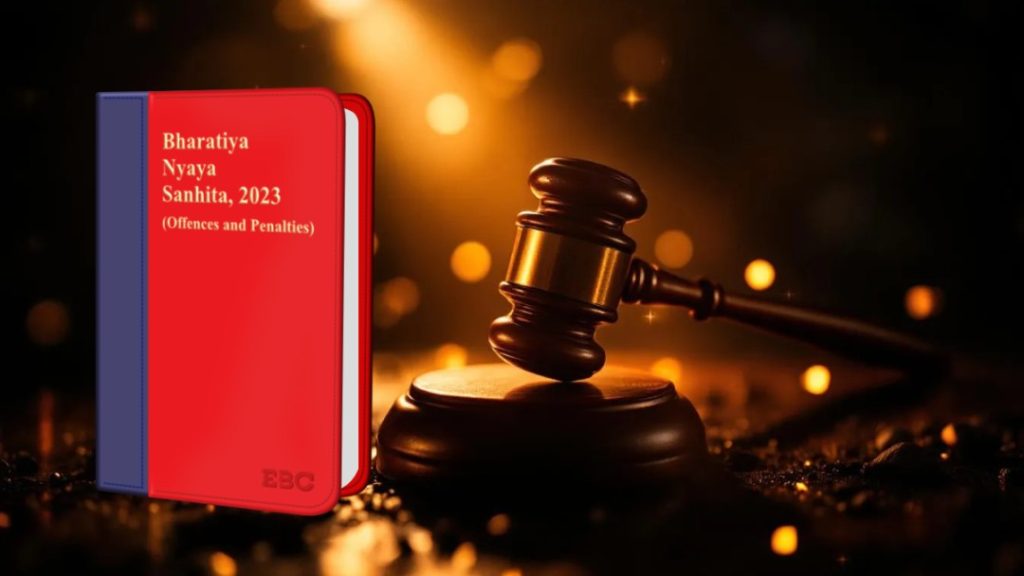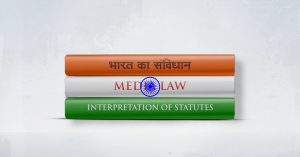
The death penalty, or capital punishment, is one of the gravest sentences that a legal system can impose. It signifies the deliberate ending of a person’s life as punishment for an extremely serious crime. In India, while this penalty remains legally permissible, its use is tightly restricted under what is known as the “rarest of rare” doctrine. This principle ensures that the death penalty is applied only in exceptional situations, where the crime’s brutality or societal impact is so severe that no lesser punishment would serve the ends of justice.
Legal Basis for the Death Penalty in India
Constitutional Provisions
- Article 21 of the Constitution of India guarantees the right to life and personal liberty. However, it allows deprivation of life “according to procedure established by law.”
- This means the death penalty is constitutional when imposed through a fair, just, and lawful process.
Statutory Provisions
Indian law prescribes the death penalty for a limited number of offences under various statutes.
| Statute | Relevant Sections | Offences Punishable by Death |
|---|---|---|
| Indian Penal Code, 1860 (IPC) | Sections 120B, 121, 132, 194, 302, 305, 307(2), 364A, 396 | Waging war against the State, murder, abetment of suicide of a minor or insane person, dacoity with murder, etc. |
| Narcotic Drugs and Psychotropic Substances Act, 1985 | Section 31A | Certain repeated drug trafficking offences |
| Unlawful Activities (Prevention) Act, 1967 | Section 16 | Acts of terrorism resulting in death |
| Army, Navy, and Air Force Acts | Various provisions | Mutiny, desertion, or acts endangering national security |
Understanding the “Rarest of Rare” Doctrine
The “rarest of rare” doctrine serves as a judicial guideline to prevent the arbitrary or excessive use of the death penalty. It is based on the belief that life imprisonment should be the rule, and capital punishment the absolute exception.
According to this principle, the death penalty may be justified only when:
- The nature of the crime is exceptionally brutal, shocking, or inhuman;
- The act causes deep social outrage and severely harms the collective conscience of society;
- The motive behind the act reveals extreme cruelty or depravity; or
- The impact of the offence is so grave that allowing the offender to live would undermine public confidence in justice.
In essence, this doctrine acts as a moral and legal filter, ensuring that capital punishment is imposed only when all mitigating factors fail and the court finds no alternative punishment adequate to achieve justice.
Procedure and Judicial Safeguards
Sentencing Process
The death penalty can be imposed only after a separate hearing on sentencing, as required under Section 235(2) and Section 354(3) of the Code of Criminal Procedure, 1973 (CrPC).
Courts must record “special reasons” for preferring the death penalty over life imprisonment.
Multi-Layered Review System
Every person sentenced to death in India has multiple opportunities for appeal and mercy:
- High Court confirmation (mandatory under Section 366 CrPC)
- Appeal to the Supreme Court under Article 136
- Review and curative petitions before the Supreme Court
- Mercy petitions to the President (Article 72) or Governor (Article 161)
These safeguards aim to ensure fairness, accuracy, and compassion in the justice process.
Current Judicial Approach
In recent decades, Indian courts have demonstrated increasing reluctance to award the death penalty. The modern judicial trend emphasizes reformative and rehabilitative justice over retribution.
Courts now examine:
- The possibility of reforming the offender,
- The social and personal background of the accused, and
- Whether life imprisonment can achieve justice without resorting to execution.
This evolving approach reflects a broader understanding of human rights, dignity, and proportionality in punishment.
Criticism and Debate
Arguments Supporting the Death Penalty
- Seen as a deterrent against severe crimes.
- Offers a sense of justice and closure to victims’ families.
- Considered necessary for terrorism and crimes of extreme brutality.
Arguments Opposing the Death Penalty
- Risk of wrongful conviction, which cannot be reversed.
- Unequal application, often affecting the poor and marginalized.
- Lack of conclusive evidence that it deters crime more than life imprisonment.
- Ethical concerns, as it contradicts the principle of the sanctity of life.
Globally, more countries are abolishing capital punishment, reflecting a shift toward humanitarian and reform-oriented justice systems.
Global and Indian Comparison
| Aspect | India | Global Trend |
|---|---|---|
| Legal Status | Retained but restricted to “rarest of rare” cases | Majority of countries have abolished it in law or practice |
| Execution Method | Hanging | Varies — lethal injection, firing squad, etc. |
| Recent Use | Rare; last executions occurred in 2020 (Delhi gang rape case) | Overall decline in executions worldwide |
India’s position can be described as “retentionist in law, abolitionist in practice.”
The “rarest of rare” doctrine reflects India’s commitment to balance justice, morality, and human rights. It acknowledges that while certain crimes shock the conscience of society, the taking of life by the State must remain an extraordinary measure.
In today’s evolving legal and ethical climate, the doctrine stands as a moral safeguard — ensuring that the death penalty is reserved only for the most extreme and exceptional crimes, where no other punishment would suffice to uphold justice and societal order.
Recommended Reference
For those seeking a thorough and up-to-date resource in this area, consider the following book:
Bharatiya Nyaya Sanhita, 2023 (Offences and Penalties) Coat Pocket Edition, published by Eastern Book Company (EBC). This compact bare-act edition provides:
- The full text with enforcement notification;
- Key highlights of the new law;
- Comparative tables with the previous code;
- Sections omitted or modified; and many more features. EBC Webstore
This makes it a valuable tool for students, practitioners and anyone interested in the Criminal Law framework of India.
















